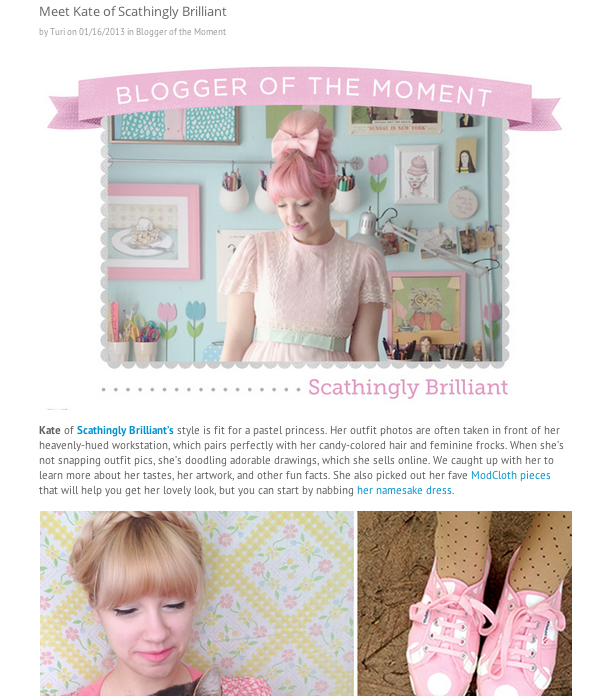Traditional vs. New Marketing Channels - What to Focus on This Year
 In today’s world, businesses have a multitude of marketing channels readily available to help them grab consumer attention, generate brand awareness and ultimately, increase sales. However, the abundance of choices being offered can leave many feeling overwhelmed over which path to take; feeling like they have to either stick with the old or embrace the new. Some businesses will resist change completely and continue to solely rely on traditional marketing tactics (radio, print and TV), whereas others will wholeheartedly embrace digital marketing; leaving their offline strategies as a thing of the past. In reality, neither path is truly optimal on its own.
In today’s world, businesses have a multitude of marketing channels readily available to help them grab consumer attention, generate brand awareness and ultimately, increase sales. However, the abundance of choices being offered can leave many feeling overwhelmed over which path to take; feeling like they have to either stick with the old or embrace the new. Some businesses will resist change completely and continue to solely rely on traditional marketing tactics (radio, print and TV), whereas others will wholeheartedly embrace digital marketing; leaving their offline strategies as a thing of the past. In reality, neither path is truly optimal on its own.
Marketers should not only explore the potential traditional and online marketing channels, but to create an integrated strategy that allows them both to work together. The modern-day consumer is engaging in a variety of media, both traditional and online; meaning it is essential for businesses to be in as many places as possible to increase their chances of converting a consumer into a sale when their intent is the highest.
How, then, do you create a strategy that integrates both traditional and online into a seamless marketing campaign? With this in mind, here are four traditional and online marketing methods you should focus on this year:
Location-Targeted Advertising to Attract In-store Purchases
Let’s face it, social media has taken over our lives, in fact - it is now estimated the average person spends more time browsing social media than eating, drinking and socialising. However, our reliance on social media has made it a vital component for marketing, with 15 million businesses now having a branded Facebook page.
For businesses with a physical location, reaching customers based on their location to encourage in-store purchases is essential. Developing your local reach will also determine exactly how many people are interested in your businesses offering - not just the ones clicking on your adverts. Imagine you were trying to advertise an in-store sale or wanted to promote seasonal products for holidays (Valentine’s Day, Easter, Christmas) - how exactly can you encourage online users who are within the area to visit your store?
Facebook Local Awareness allows you to create geo-targeted advertisements of products and promotions to users who are close to your business’ location. These can be personalised with a map card, which shares location-relevant information about your business, including your location, hours of operation, direction links and travel distance. A call-to-action button can also be implemented, you can select from get directions, call now, send message or learn more; enabling you to drive offline sales from online advertisements.


In order to upsell their Mother’s Day gifts, Tesco have used Facebook Local Awareness to promote their products through Facebook Local Awareness, so anyone who was nearby would be targeted on their newsfeed with the adverts. The ‘get directions’ call-to-action allowed those interested then loads a map, telling the user how to find the store and how far away it is.
Use Static Numbers to Track Offline to Online Conversions
Although digital marketing budgets are expected to reach $118 billion by 2121, offline marketing material such as posters, leaflets, newspapers, TV adverts and billboards are still heavily influencing online sales. A study conducted by iProspect discovered 44% of consumers are encouraged by television ads to research a company or visit their website, while 35% are influenced by magazines and newspaper advertisements and 23% from radio content. If you’re adding telephone numbers onto these offline marketing methods, how can you determine which ones are driving the most enquires and conversions?
Static numbers are unique, unchanging tracked numbers that are designed for offline marketing. A single number is assigned to the individual campaigns you want to track, for example - let’s say you were a travel agency who recently paid for a TV advertisement and a section of your ad reads ’for more information visit ‘www.holidays.co.uk/info’, a static number would show the volumes of online enquires and conversions that have originated from the offline TV ad. Call tracking software, from suppliers such as Mediahawk provide static numbers to track offline marketing, allowing you to determine which of these methods are generating the highest return on investment (ROI), so you can re-arrange your marketing spend and improve underperforming campaigns based on these results.
Invite Influencers to in-store Events
Whether it’s a career or simply a hobby, bloggers have grown to become leaders of online marketing by using their brand collaborations and reviews to influence their followers’ opinions of different products and services. As these bloggers have expanded their audience, many businesses decided to capitalise on their effect and partner with them for advertising campaigns, events and other marketing efforts.
Inviting bloggers to private in-store event is a fantastic way to gain generate online brand awareness, for once they post a review of the event, their followers will read it and be more likely to purchase from your business. You can generate online traction from an offline campaign.
It’s essential you conduct thorough research before creating a blogger campaign. Start by collating a database full of bloggers who could be interested in collaborating with your brand - remember to include their name, URL, contact information and website rankings. Websites such as Tots 100 and Bloglovin provide a large index of bloggers that are suitable for specific industries.
Once you’ve finished your research, you can begin your outreaching campaigns. Naturally, the amount of people you’re able to invite to your event will depend on budget as some bloggers will require payment for their time spent creating a post. If you are unable to pay bloggers to attend, ensure your campaign is an offer they can’t refuse, for example a fashion retailer could invite them to a discounted, early access launch event for their new 2018 Spring collection in exchange for a review, or even ask them to feature as the models for their new range. If the bloggers you invite have sufficient following, their online reviews will quickly develop into brand awareness and generate new customers.
Once you have started to build relationships with bloggers, you could look into building a few brand ambassadors who will write about your brand on an ongoing basis to highlight brand loyalty.

ModCloth Clothing collaborated with bloggers by created their ‘Blogger of the Moment’ campaign; which centred around featuring fashion influencers on their blog to generate brand loyalty and awareness. Those selected as ‘Blogger of the Moment’ were given the opportunity to suggest other ModCloth pieces that complimented their namesake dresses and nominate their favourite pieces. The bloggers involved in the campaign also published reviews of their namesake dresses on their own blogs, which sparked interest from their followers.
Create an Active & Passive Marketing Campaign
The messaging of traditional marketing is considered to be passive, whilst digital marketing is labelled as active, for it actually engages with the target audience. For example, a 20-second television ad will always last 20 seconds and generates a passive response from the audience; whereas a digital marketing campaign will encourage users to participate for considerably longer periods of time. Both types of marketing complement each other, working together to achieve the company’s intended objectives. While television and print advertisements are useful at distributing information, they can also include messages that encourage consumers to look for further information on a website.
Coca-Cola is an example of a company who has consistently done a great job incorporating fun online bonuses. Their multinational “Share a Coke” campaign between 2013-2014 involved swapping their famous logo with the UK’s most popular names list, allowing customers to find their name or the names of their friends and family on the bottles. The labels also included hashtags to encourage customers to share picture of the product via social media. Here are some of the successes their most successful marketing campaign generated:
Share a Coke 2014 by numbers:
• 998 million impressions on Twitter
• 235,000 tweets from 111,000 fans using the #ShareaCoke hashtag
• More than 150 million personalised bottles sold
• Over 730,000 glass bottles personalised via the e-commerce store
• 17,000 virtual name bottles shared online across Europe
• 65 experiential stops on the Share a Coke tour
Through this campaign, Coca-Cola was able to actively engage their customers through this marketing strategy, which combined aspects of traditional and digital media.

 Delicious
Delicious Digg
Digg StumbleUpon
StumbleUpon Propeller
Propeller Reddit
Reddit Magnoliacom
Magnoliacom Newsvine
Newsvine
Comments
Post new comment